Landscaping Curb Installation Timing
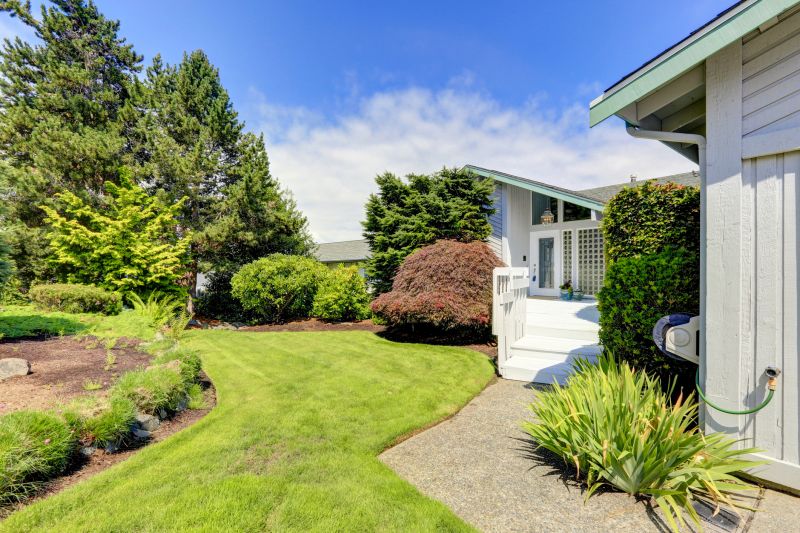
Spring offers moderate temperatures ideal for curb installation, reducing the risk of cracking or shifting due to temperature fluctuations.
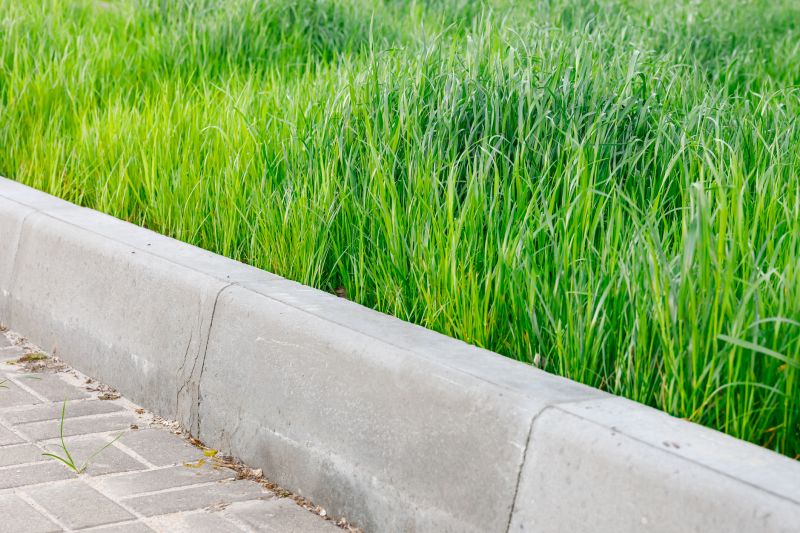
Summer requires attention to heat and dryness; early morning or late evening installations help prevent material issues.
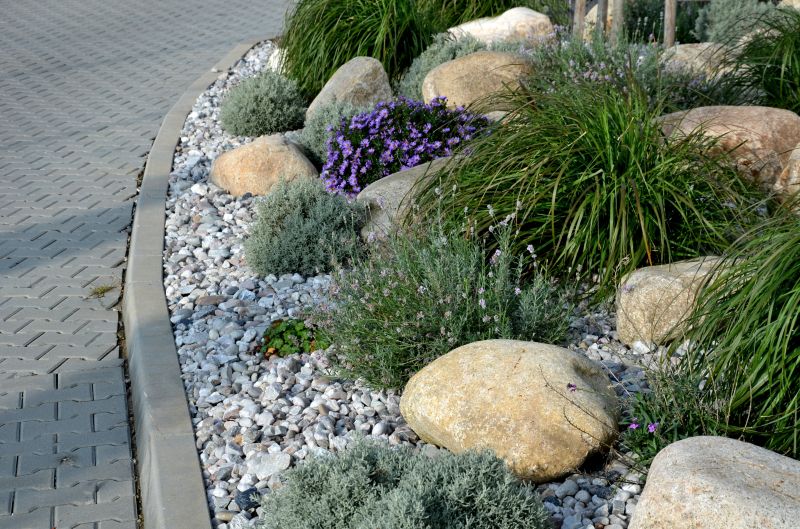
Fall provides cooler weather and moist soil conditions, making it suitable for durable curb installations before winter.
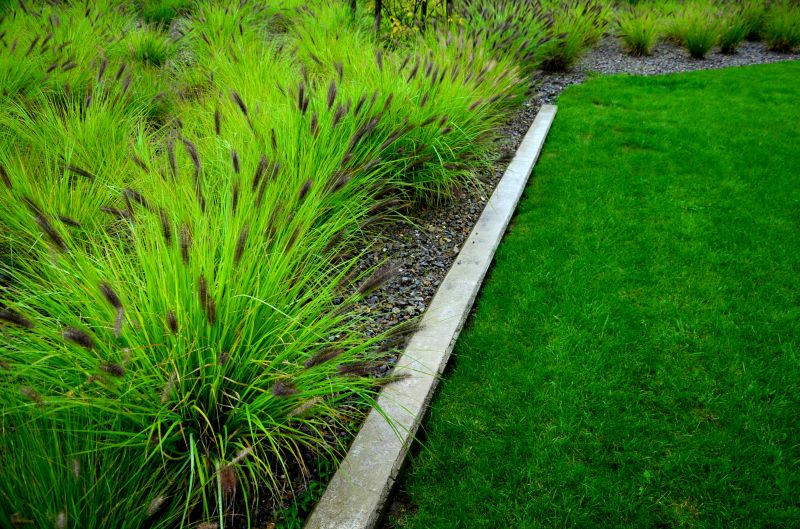
Ways to make Landscaping Curb Installations work in tight or awkward layouts.
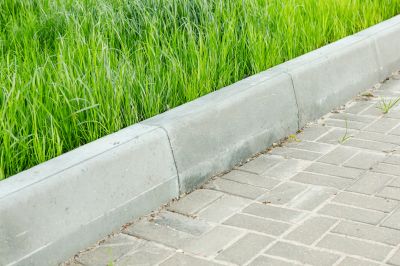
Popular materials for Landscaping Curb Installations and why they hold up over time.
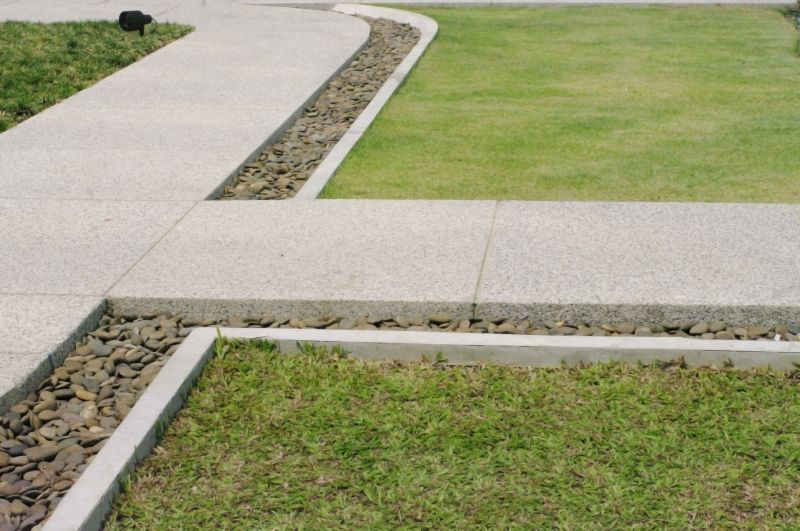
Simple add-ons that improve Landscaping Curb Installations without blowing the budget.
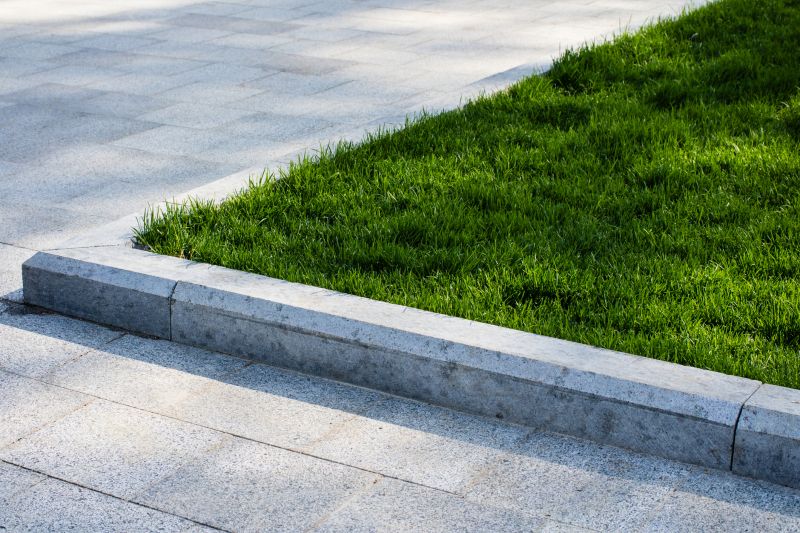
High-end options that actually feel worth it for Landscaping Curb Installations.
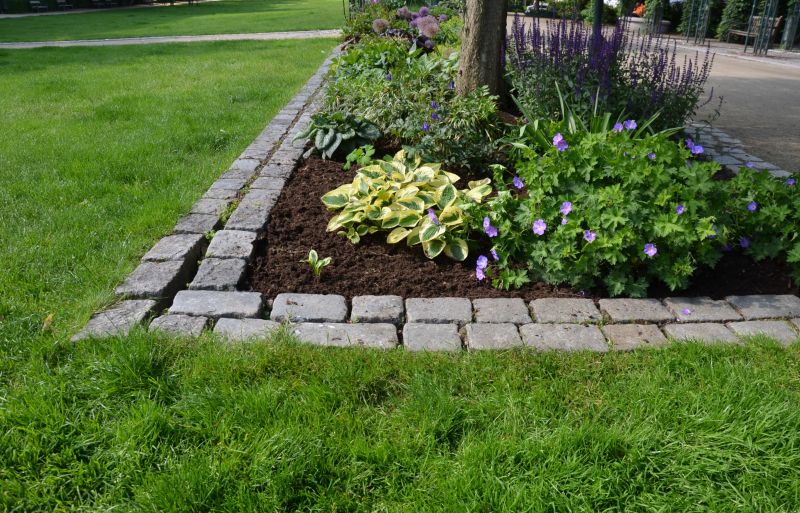
Finishes and colors that play nicely with Landscaping Curb Installations.
Landscaping curb installations involve the placement of borders and edging that define garden beds, pathways, and lawn areas. Proper installation enhances aesthetic appeal and prevents soil erosion. The process typically includes excavation, base preparation, and setting the curb material, which can range from concrete to natural stone. Correct timing and weather conditions are crucial for ensuring longevity and structural integrity of the installed curb.
Dry, mild weather minimizes the risk of material cracking and shifting, promoting longer-lasting curb installations.
Soil should be moist but not saturated to facilitate proper base compaction and curb stability.
Temperatures between 50°F and 85°F are ideal for curb installation to prevent expansion or contraction issues.
Installation should be avoided during freezing conditions to prevent material damage and shifting.
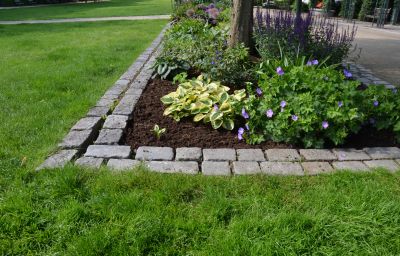
Spring's moderate temperatures support durable curb installation.
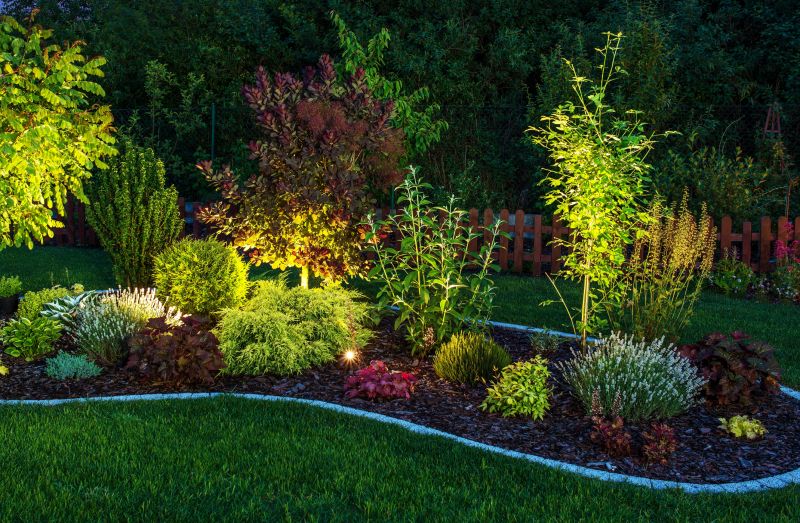
Early morning or evening work helps avoid heat-related issues.
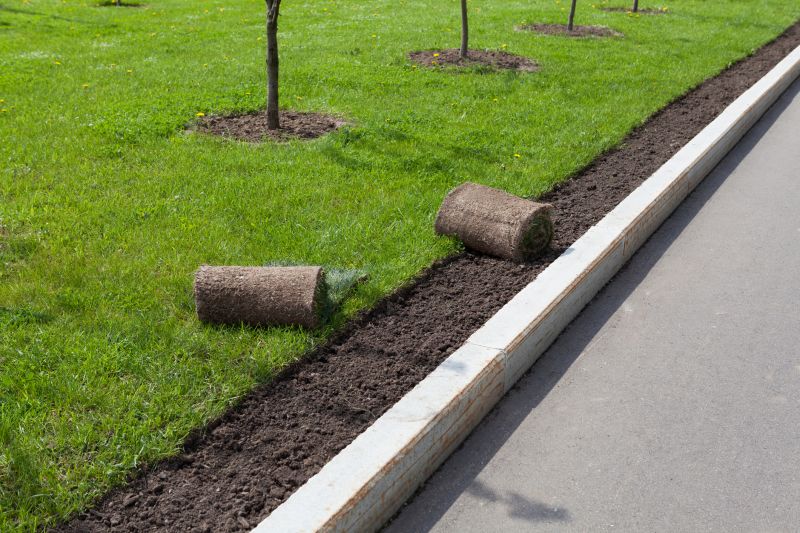
Cooler, moist conditions are ideal for installation before winter.
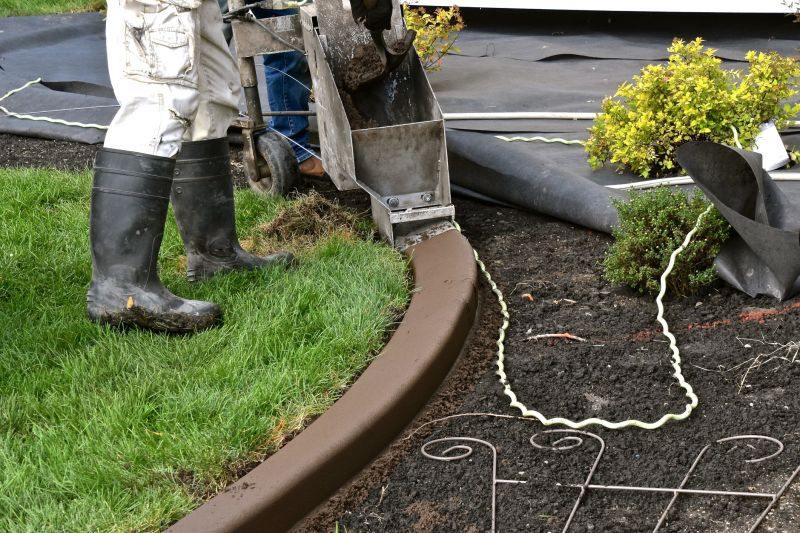
Installation is generally discouraged during freezing weather due to material challenges.
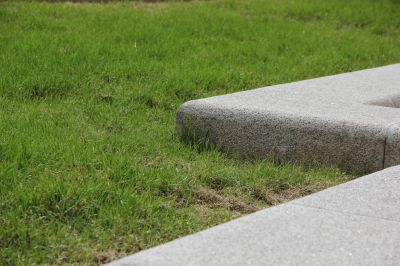
Little measurements that prevent headaches on Landscaping Curb Installations day.
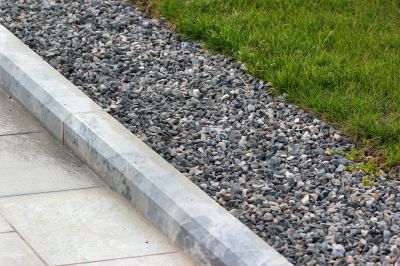
A 60-second routine that keeps Landscaping Curb Installations looking new.
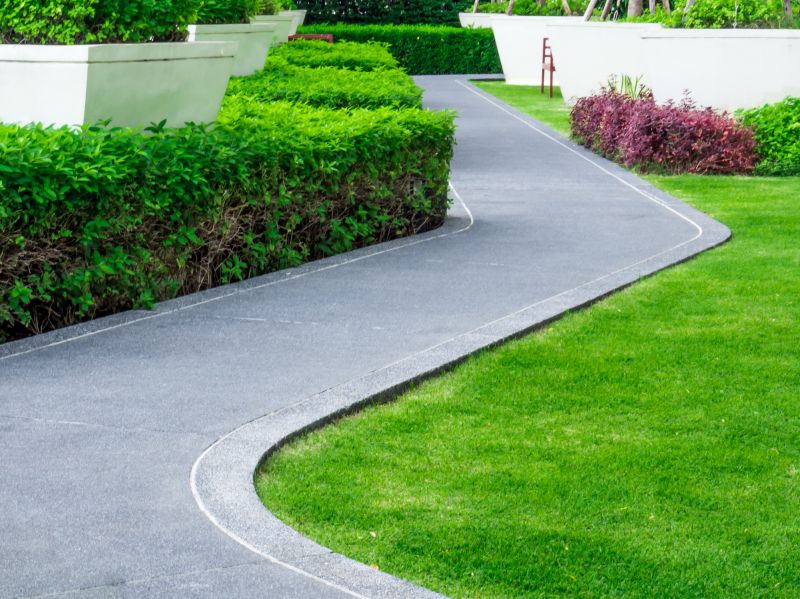
A frequent mistake in Landscaping Curb Installations and how to dodge it.
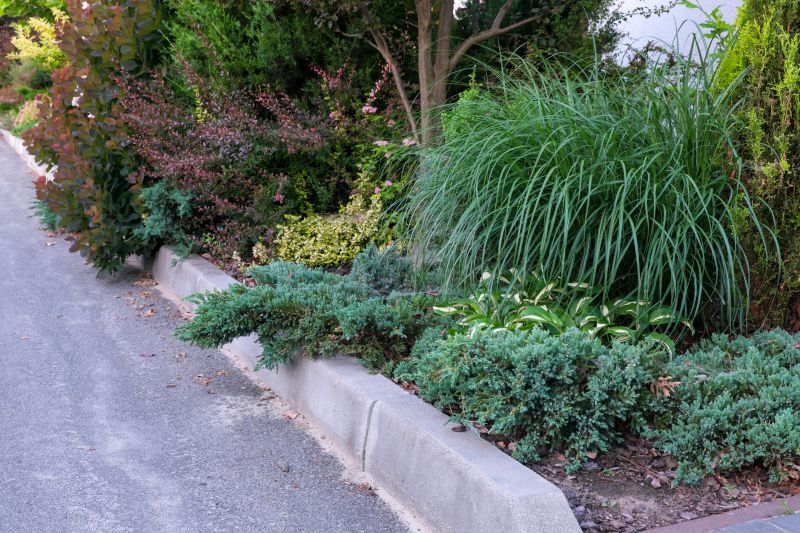
Small tweaks to make Landscaping Curb Installations safer and easier to use.
| Season | Advantages |
|---|---|
| Spring | Moderate temperatures, ideal soil conditions, less heat stress. |
| Summer | Long daylight hours, flexible scheduling in cooler parts of the day. |
| Fall | Cooler weather, moist soil, good for curing and settling. |
| Winter | Limited, only suitable in mild climates or with specific materials. |
Choosing the appropriate time for landscaping curb installations depends on local climate and seasonal weather patterns. Proper timing ensures the curb's durability and reduces the need for repairs. Consulting with professionals can help determine the best window for installation based on specific site conditions and project requirements.
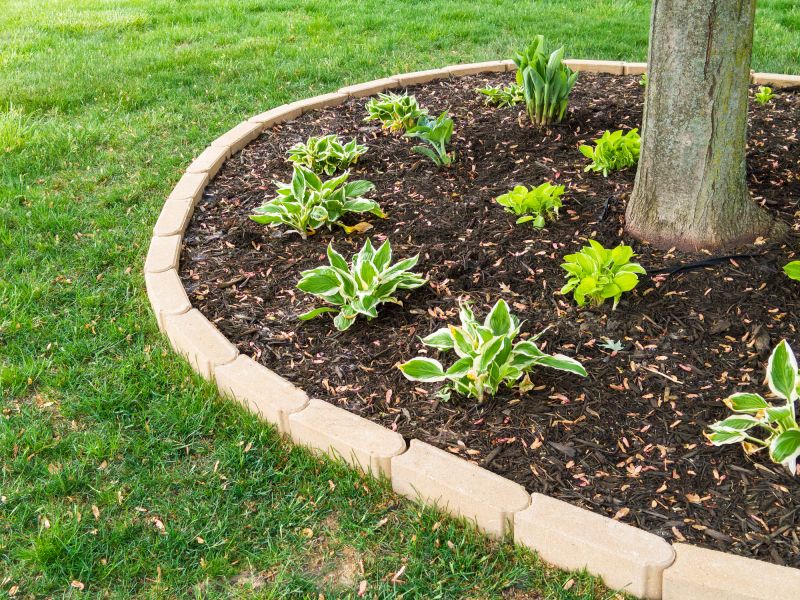
Spring provides optimal conditions for durable and long-lasting curb work.
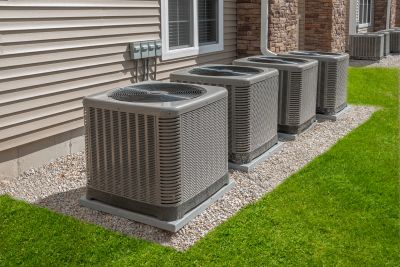
Schedule during cooler parts of the day to mitigate heat effects.
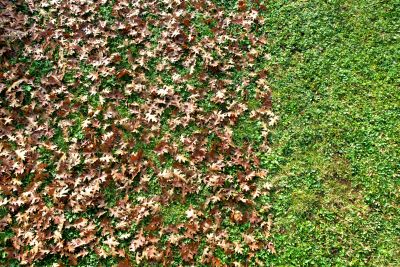
Fall's cooler, moist environment supports effective installation.
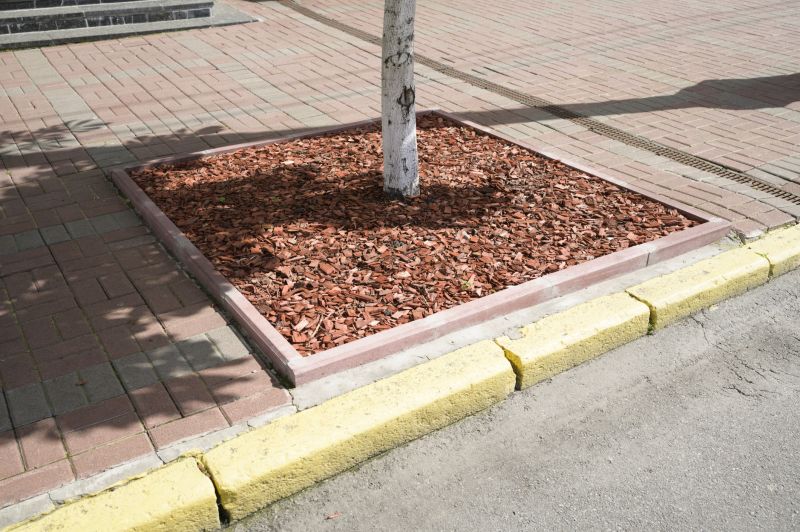
Freezing temperatures can compromise curb integrity and should be avoided.
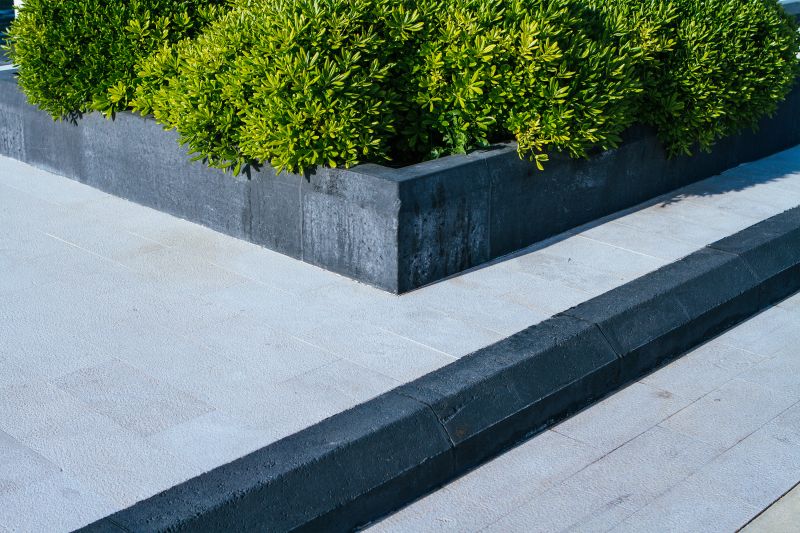
Lower-waste or water-saving choices for Landscaping Curb Installations.
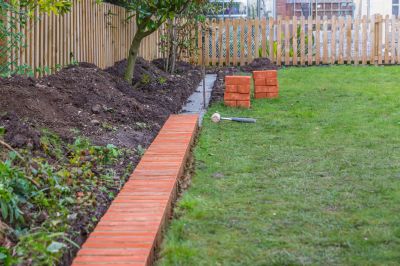
The short, realistic tool list for quality Landscaping Curb Installations.
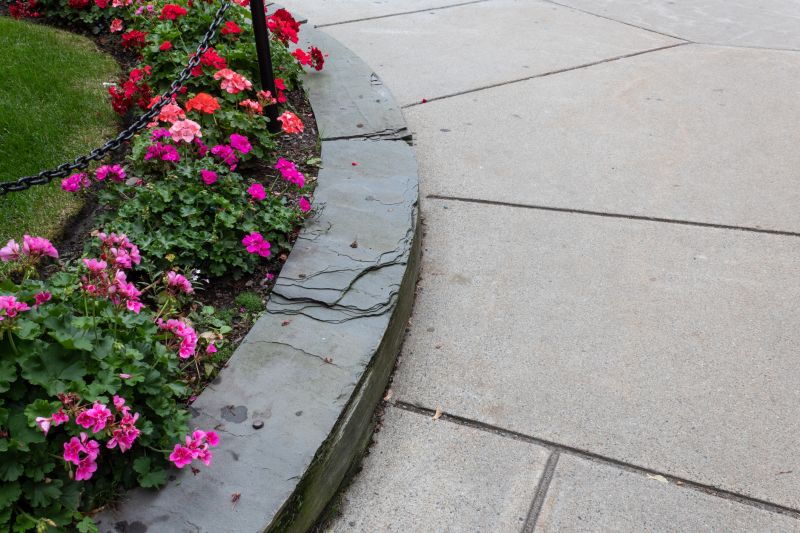
Rough timing from prep to clean-up for Landscaping Curb Installations.

Quick checks and paperwork to keep after Landscaping Curb Installations.
Interested in landscaping curb installations? Filling out the contact form provides an opportunity to discuss project specifics, schedule, and options suitable for the desired season. Proper planning ensures a successful and lasting installation tailored to the site conditions.



